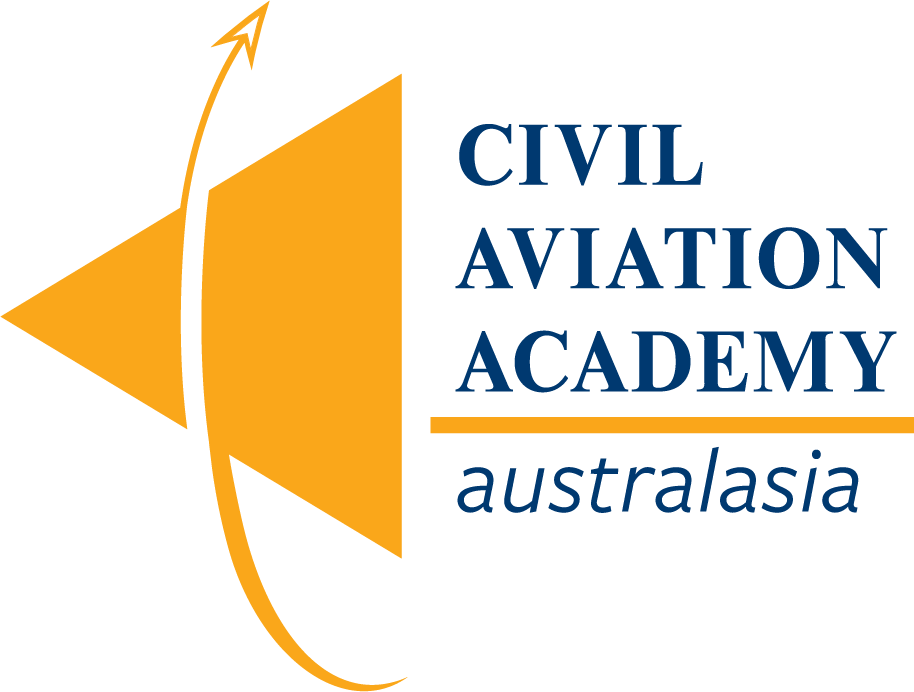- 08 6180 7939
- andy@caaa.com.au
- Mon - Fri: 9:00 - 15:00 (WST Perth)

CAAA News
Whats the Buzz on Electric Aircraft
Facebook
LinkedIn
Lately, there has been a lot of buzz about electric aircraft!
When we talk about a carbon-free future, airlines come to mind as one of the great consumers of fossil fuels. Forbes recently reported that airline flights are expected to double in the next 20 years. Airlines will be the top polluters across all industry sectors if this is the case.
AFAR magazine published an article recently, “Electric Planes Are Coming Sooner Than You Think”, that stated:
“The aviation sector pumped about a billion tons of CO2 into the atmosphere annually, pre-pandemic, or about 3 percent of the world’s carbon dioxide emissions. If left unchecked on its current fast-paced-growth trajectory, the amount of carbon from aeroplanes is projected to triple by 2050.”
There are many hurdles to overcome before we fly around the world on battery-powered aircraft. The current battery technology has some limitations, and it may be decades before long-haul flights are battery-powered. However, worldwide, private companies and governments are working on the technology.

Who is leading the charge?
- NASA has been developing an electric aircraft for the past five years. The X-57 Maxwell is outfitted with 12 electrical motors, propellers, and an 800-pound battery. It will have a range of about 100 miles (about the distance from New York to Philadelphia). The aircraft is due to make its inaugural flight in 2022.
- Israel-based Eviation announced a production version of its electric aircraft that could seat nine passengers and two crew and fly around 440 miles.
- According to Scientific American, US aviation company Textron Inc recently purchased a Slovenian company, Pipistrel, for $235 million. The company produced the world’s first electric-powered aircraft to be internationally safety certified for passenger flights. Next, the company will focus on developing battery- and fuel-cell-powered electric aircraft. Textron produces Cessna and Beechcraft planes and Bell helicopters and claims that they will become world leaders in electric aviation and sustainable travel.
- US company Ampaire was the first aviation company in the world to test their hybrid electric aircraft, “Electric Eel”, in November 2020 when they flew an upgraded six-seat Cessna 337 affectionately nicknamed the “Hawaii Bird” from Maui’s Kahului airport to Hana, in Hawaii and back on a single charge.
- Perth, Western Australian company Flyone currently operates a Pipistrel Alpha Electro Aircraft out of Jandakot airport where it is being used to train future pilots. Flyone, according to their company information, “is establishing market-leading ESG friendly air transport solutions for corporate bodies and recreational users alike.” https://www.facebook.com/watch/?v=737560410715758
- Australia’s only other certified electric plane set a world endurance record in 2021. “Eyre to There Aviation”, a South Australian flying school with a crew of three pilots and five ground support crew, flew around South Australia over seven days making 18 stops in a Pipistrel Alpha Electro aircraft.
- Commercial Australian carrier Rex Airlines has committed to retrofitting electric engines on aircraft used on short regional routes by 2024. The airline has partnered with Dovetail Electric Aviation to bring electric aircraft to regional Australia by 2026. According to John Sharp (Deputy Chairman of Rex Airlines), Rex’s 34-seat Saab 340, which has been retrofitted with an electric and hydrogen-powered MagniX engine — will be used on short routes such as Adelaide-Mount Gambier.
- Denmark and Sweden plan to make all domestic flights fossil fuel–free by 2030.
- The National Renewable Energy Laboratory in the US estimates that 170 projects worldwide are focused on such planes – double the number underway in 2018.

What are the benefits and challenges?
The benefits of electric air travel:
- Reduced carbon emissions and fuel costs
- Less noise pollution
- Increased efficiency
The challenges:
- Energy storage
- Battery limitations and size
- Renewable Energy limitations when charging batteries
- Long-range flights could be decades away due to the weight of batteries.
How much is the industry worth?
PR Newswire recently reported that “The global Electric Aircraft Market size is expected to reach USD 226.6 Million in 2030 and register a revenue CAGR of 8.2% during the forecast period, according to the latest report. Rising demand for fuel-efficient means of transportation, along with stringent government regulations to promote the adoption of clean technologies, is expected to boost market growth over the forecast period.”
Contact Us
As you can see the race is on and the buzz is real! The skies could be set to become a whole lot quieter over the next decade.
Get in touch today to enquire about our courses and arrange for a Zoom or TEAMS meeting with one of our experienced consultants. (08) 61807939 or andy@caaa.com.au
